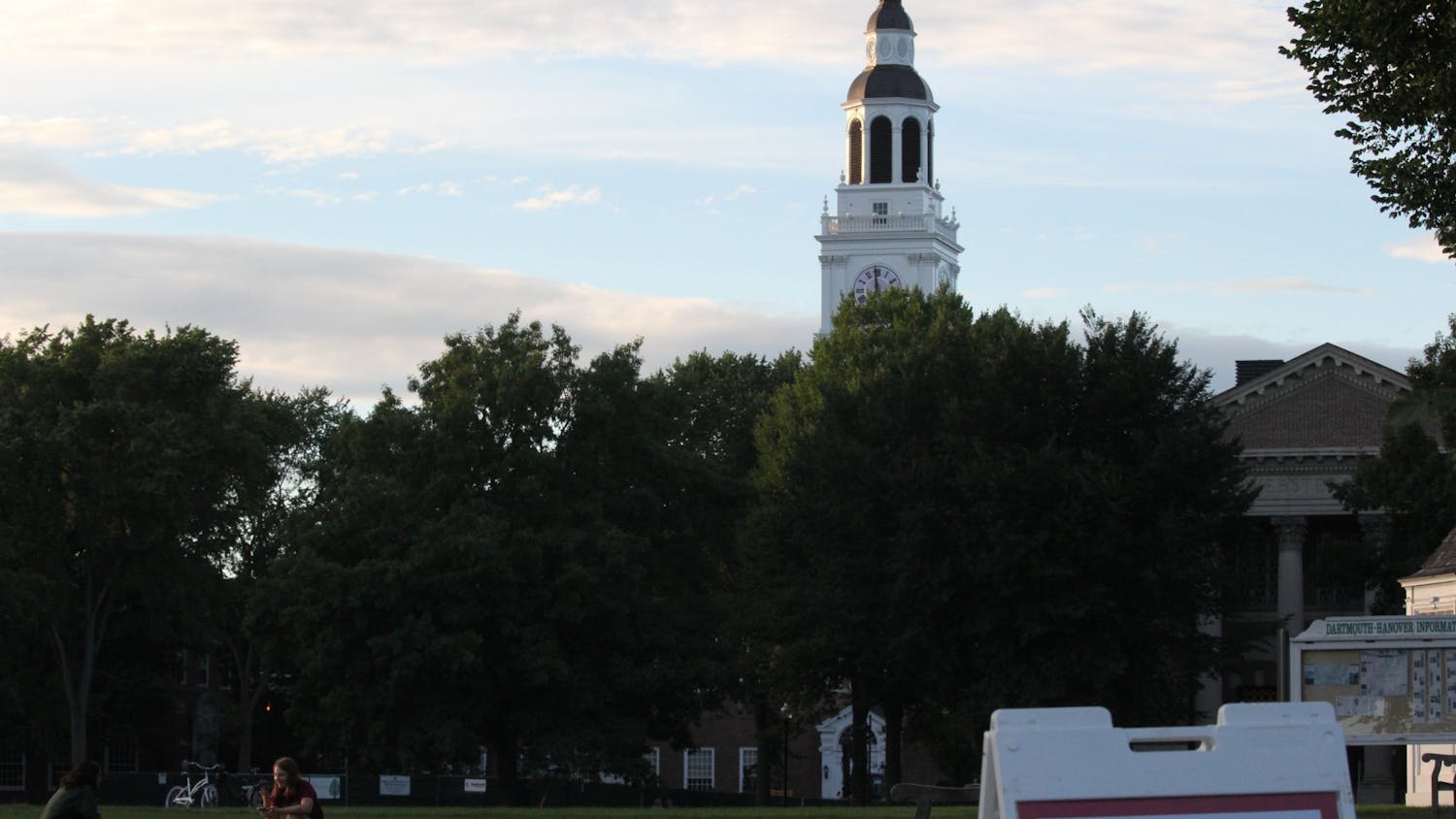For most students this fall, going back to school meant logging onto Zoom from the dining room table or, for some, donning masks for the few in-person classes available. But for two young girls in California, the first day of school was spent huddled on the curb outside a Taco Bell to use the free Wi-Fi. A photo of the young girls recently went viral on Twitter, highlighting the tremendous digital divide existing between the district of Salinas — where more than 40% of elementary school-aged students are homeless — and the neighboring Silicon Valley, the technology capital of the world.
The academic achievement gap in this country is nothing new. The persistent differences in academic performance between low-income students, who are disproportionately students of color, and wealthier, disproportionately white students have plagued generations. Now with remote learning, pre-existing academic disparities are amplified.
In Baltimore, one in three students lack access to a computer for online school. For those who are lucky enough to have access to computers, internet connection issues pose another barrier to learning. Thirty-five percent of low-income households with school-aged children do not have high-speed Wi-Fi, compared to just 6% of middle-class families.
In the nation’s largest school district, New York City, many students do not feel safe returning to schools, many of which were already unsanitary and lacking proper ventilation before the pandemic. Meanwhile, private schools have benefited from inherent advantages: smaller class sizes, larger outdoor areas on campus and endowments that can pay for testing and other precautions.
As wealthier parents move their children into private schools or pricey “learning pods” of small groups who homeschool together (often with expensive tutors), the pandemic is exacerbating a decades-old pattern. Students who can afford to will leave schools that fail to provide them with an adequate education, while those who can’t afford to do so have no other options. Add in the fact that students of color are disproportionately susceptible to contracting the virus and bringing it back to often multi-generational homes, and the new level of disparity is stark.
The fall reopening plans for schools differ across the country; about half of public schools are in-person, some are trying a hybrid system and others are fully remote. One recent survey conducted by the education-focused news outlet Chalkbeat and the Associated Press found that around half of white students have the option of in-person classes, while only a quarter of Black and Hispanic students do. Despite months of renewed attention to the inequities facing Black Americans, millions of Black children this year were stripped of their fundamental right to receive a quality education.
In overcrowded or highly stressful neighborhoods, schools have historically served as important refuges, providing a space with free meals and freedom from stressors at home. For some, school is more than a space to learn, it is a safe haven.
Over the last six months, pandemic relief packages have largely focused on saving small businesses, airlines, restaurants and the unemployed. But when all is said and done, the enormous achievement gap left in the wake of COVID-19 will be in urgent need of its own intervention. For those who read this column and wonder what the short-term solutions are for the COVID-19 related problems facing our schools, I do not have the answer. That’s because, while exacerbated by the pandemic, these issues have been around for decades, pandemic or no pandemic. Remote learning has laid bare the fact that the achievement gap is about a whole lot more than schools. It's about the stark differences between the “haves” and “have nots,” whether that is the digital divide, access to lunch every day or amounts of parental support.
As we look toward the eventual reopening of schools, we may continue to nestle in our own privileged bubbles, or we can choose to actively resist persistent inequities by fighting racist education policies and demanding fair school funding. When education returns to “normal” in this country, we should rethink how that normal can ensure all students enter their school doors on equal footing. The pandemic, then, may just be the necessary catalyst for us to reimagine a better future for all children.



